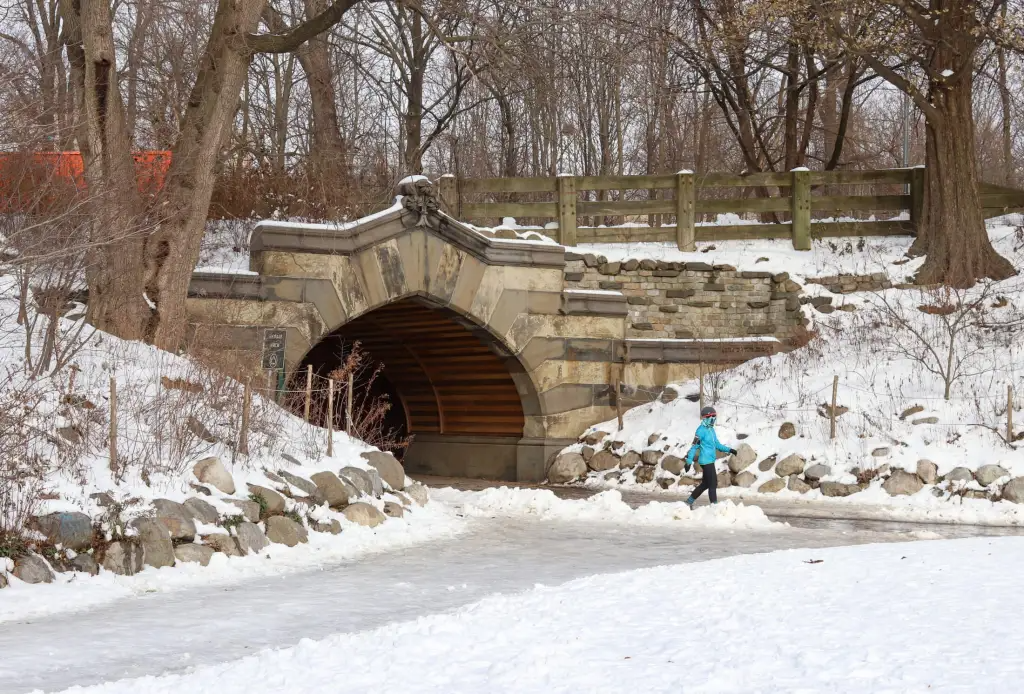An Iron Road That Runs Through Long Island City and Western Queens
The entire reason that an independent municipality called Long Island City was created in the first place was because of the Long Island Rail Road. Back in 1870, five towns and villages (Middleton, Astoria, Blissville, Ravenswood and Sunnyside) that were part of a governing entity called Newtown seceded and formed a new municipality. This happened,…

The entire reason that an independent municipality called Long Island City was created in the first place was because of the Long Island Rail Road.
Back in 1870, five towns and villages (Middleton, Astoria, Blissville, Ravenswood and Sunnyside) that were part of a governing entity called Newtown seceded and formed a new municipality. This happened, coincidentally, the same year that a corporation called the NY & Jamaica Railroad, which had experienced a never ending series of political problems in the City of Brooklyn, moved its operations to the north bank of Newtown Creek and drove service through to Hunters Point.
The company rebranded itself as the Long Island Rail Road, and the East River facing communities now described themselves as Long Island City.
Passenger service was something the railroad managers were compelled to do by their charter with New York State, but back in the late 19th and early 20th centuries, the money was in freight.
As manufacturing declined in LIC and New York City in general, the freight business became less frequent or profitable, and by the end of the 20th century LIRR decided to use a subcontractor to handle the business.
In 1997, the New York and Atlantic Railway was awarded the contract for freight operation on the busiest commuter railroad tracks in the entire country. There are 11 green and black engine units which service the 269 miles of track operated upon by the Glendale based company in Brooklyn, Queens, Nassau county, and Suffolk county. Their operations can still be observed in Western Queens.
Unless you are overly familiar with the Newtown Creek industrial corridor, seeing rail operating at street grade in 21st century New York City is a bit like spotting a unicorn.
Within the communities which surround both shores of the Newtown Creek, a complaint often repeated concerns the presence of large numbers of trucks utilizing local streets in their quest to move goods from A to B.
The shot above represents a New York and Atlantic locomotive making a drop off at a customer in the Maspeth industrial business zone, not far from the ill fated St. Saviour’s church site, where they will uncouple a car or two for the unloading or loading of cargo for an industrial or warehouse customer.
An unthinkable amount of trucks would be required to carry the same tonnage which a train can, which ironically makes this heaviest of industries quite “green.”
Rail infrastructure is what made Long Island City the workshop of not just New York City but the entire world at the turn of the 19th century, and multiple generations of capitalists and industrial real estate interests founded vast fortunes because of their initial investment in it.
Newtown Creek was once the busiest commercial waterway in North America, carrying more ship and barge traffic than the entire Mississippi for a time, and all of that maritime activity was fed by rail. Intermodal rail floats actually carried train cars across the harbor to Manhattan, Staten Island, New Jersey and beyond.
Additionally, the Hell Gate Bridge in Astoria allows rail access off the archipelago islands of New York City and eventually to the mainland continent.
One of the primary occupations for the New York and Atlantic is actually along the Bushwick Branch of the LIRR, where it enters Brooklyn and services the gargantuan waste transfer facility there.
Pictured are rail cars of the so called “Garbage Train” in Ridgewood. New York and Atlantic carries nearly two million pounds a day of putrescent municipal waste (as opposed to recyclables, construction or demolition materials, etc.) out of the city, which has eliminated the need for somewhere in the neighborhood of 13,000 truck trips a year from area streets. The workings of the waste management facility on Varick street are a wonder to behold, by the way — the gold standard for garbage.
The garbage train, however, remains controversial in the neighborhoods through which it runs.
Newtown Creek Alliance Historian Mitch Waxman blogs at Newtown Pentacle









Awesome photos!
I always find it amazing the amount of development going up around the LIC LIRR station considering those are diesel trains that exhaust a good amount of fumes and noise. I am just curious how long will it be until local residents start petitioning for the yard to be put underground, which I am sure would cost quite the pretty penny.
Unsurprisingly, they have been complaining since the day they moved in to little avail.
Great post, Mitch. I did not know about the “garbage train”!
*…but back in the late 19th and early 20th centuries, the money was in freight.*
For the railroads, the money has never stopped being in freight. And that can be deduced by Amtrak’s sense of customer service, their overpriced tickets, and the fact that one has a terrifically difficult time taking a bicycle on board anywhere except California.
Catering to customers is not something Amtrak (the only game in town) does well, and they apparently refuse to learn from the Europeans who do a splendid job with passenger trains.